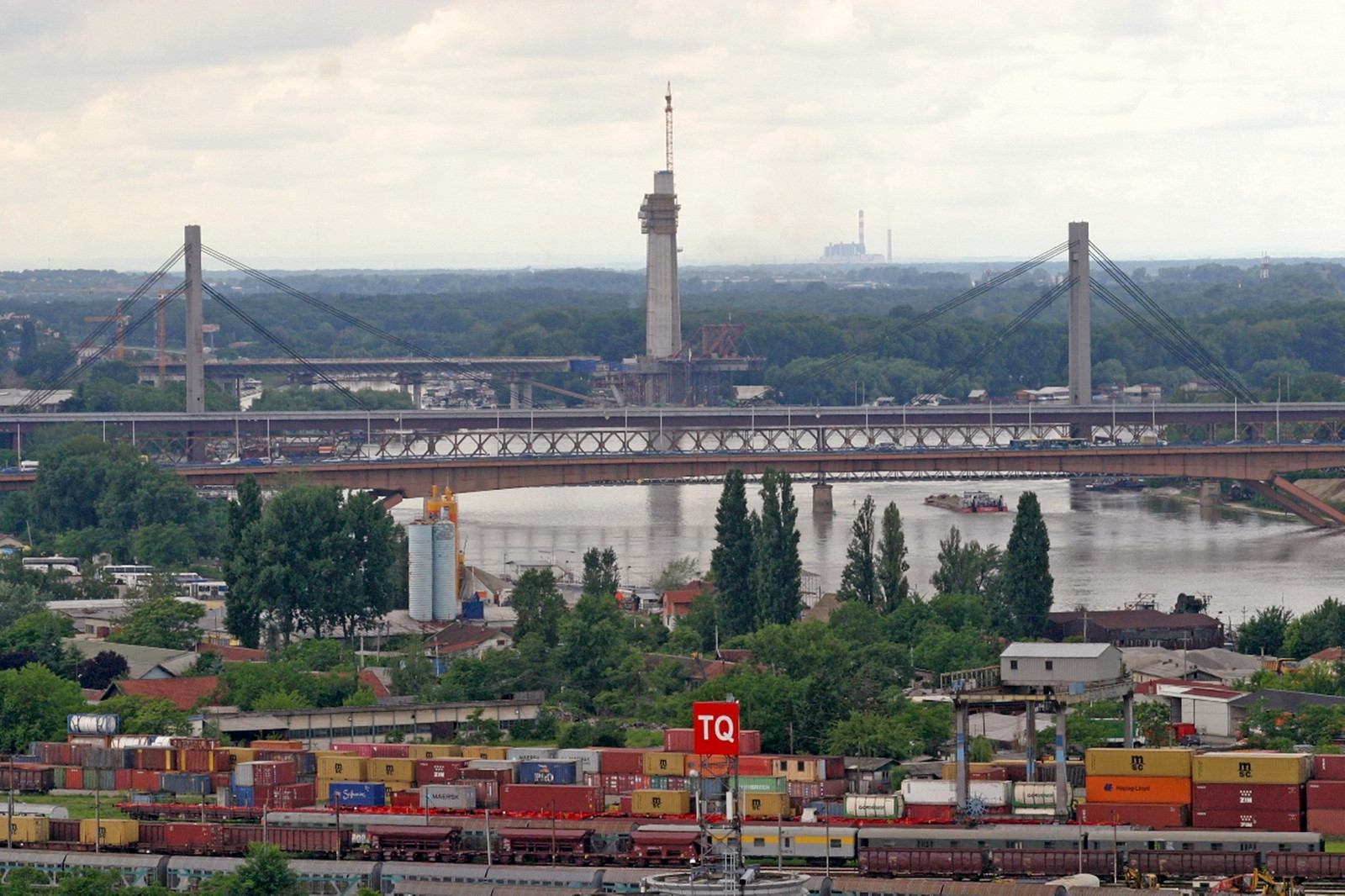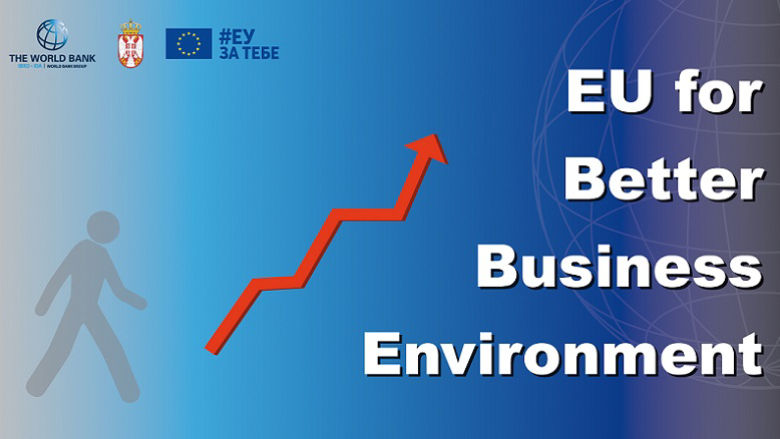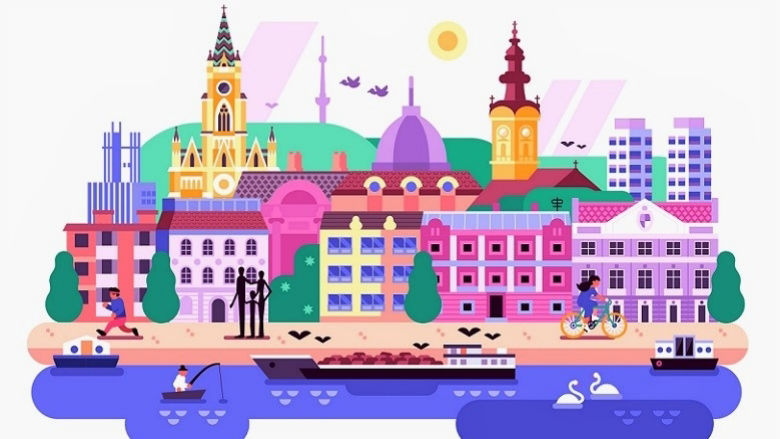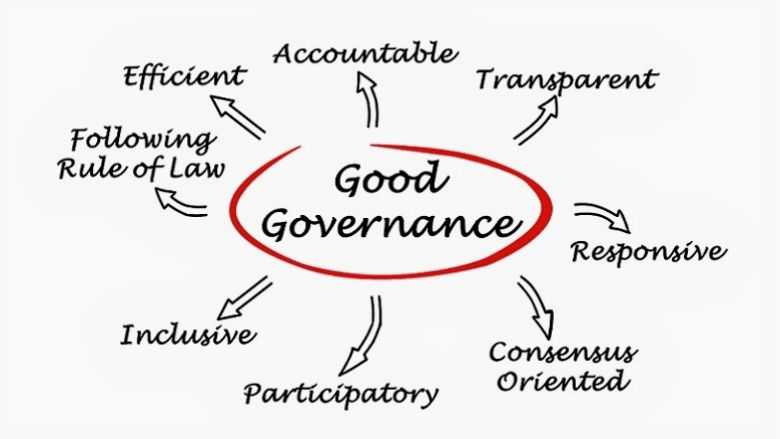Strategy
| Number of Active Projects | 15 |
| IBRD Lending | $1.03 billion* |
*Number of projects and amount include Serbia-specific commitments from two regional projects
The World Bank Group's program for Serbia is guided by the Country Partnership Framework (CPF) for FY2022-2026, approved in May 2022. The CPF aims to support the country in strengthening its institutions to accelerate economic growth in a fiscally and environmentally sustainable manner and promote more inclusive service delivery.
The World Bank Group supports several critical areas, including maintaining macroeconomic stability and reforming the public sector; fostering a competitive business environment and enhancing regional connectivity; improving institutional capacity for reform implementation and monitoring; and strengthening human development.
At the same time, the CPF emphasizes cross-cutting institutional strengthening and policy reforms to promote greener, more resilient growth, focusing on both fiscal and budgetary measures as well as green sectoral investments. Additionally, it aims to enhance the capacity of local self-governments (LSGs) to deliver services effectively.
Key Engagement
The World Bank Group’s program currently provides policy advice and financing assistance in several areas: transport (railways and local roads); real estate management/business environment; R&D and innovation; competitive agriculture; health; capital market development; public sector efficiency and modernization (including the digitalization of selected public services and the modernization of tax administration); green recovery; energy efficiency; and early childhood education. To facilitate economic integration, the World Bank Group is also supporting two regional projects: (1) aiming at improving connectivity along the Drina and Sava river corridors and (2) enhancing trade and transport in the Western Balkans.
An important area of the World Bank Group’s engagement is providing support to the country’s innovation ecosystem. The Serbia Accelerating Innovation and Growth Entrepreneurship Project, supported by an EU grant, aims to enhance the relevance and excellence of scientific research, improve the capacity of Serbia’s scientific research organizations, promote innovative entrepreneurship, and provide access to funding for company growth, thereby contributing to the growth and competitiveness of the Serbian economy.
The World Bank Group is also providing substantial support to the transport sector. The Local Infrastructure and Institutional Development project, with a budget of $300 million, aims to enhance the capacity of local governments to manage sustainable infrastructure and improve access to economic and social opportunities in a climate-conscious manner. This project specifically targets the transport sector, which is a significant source of greenhouse gas emissions and contributes to air and noise pollution in Serbian cities. In collaboration with the French Development Agency (AFD), the Multiphase Programmatic Approach (MPA) for Railway Sector Modernization aims to improve the maintenance of existing railway infrastructure, facilities, and asset management. The MPA includes a total financing envelope of $400 million over three phases, with $255 million currently being implementation over two ongoing phases.
Last Updated: May 02, 2025






